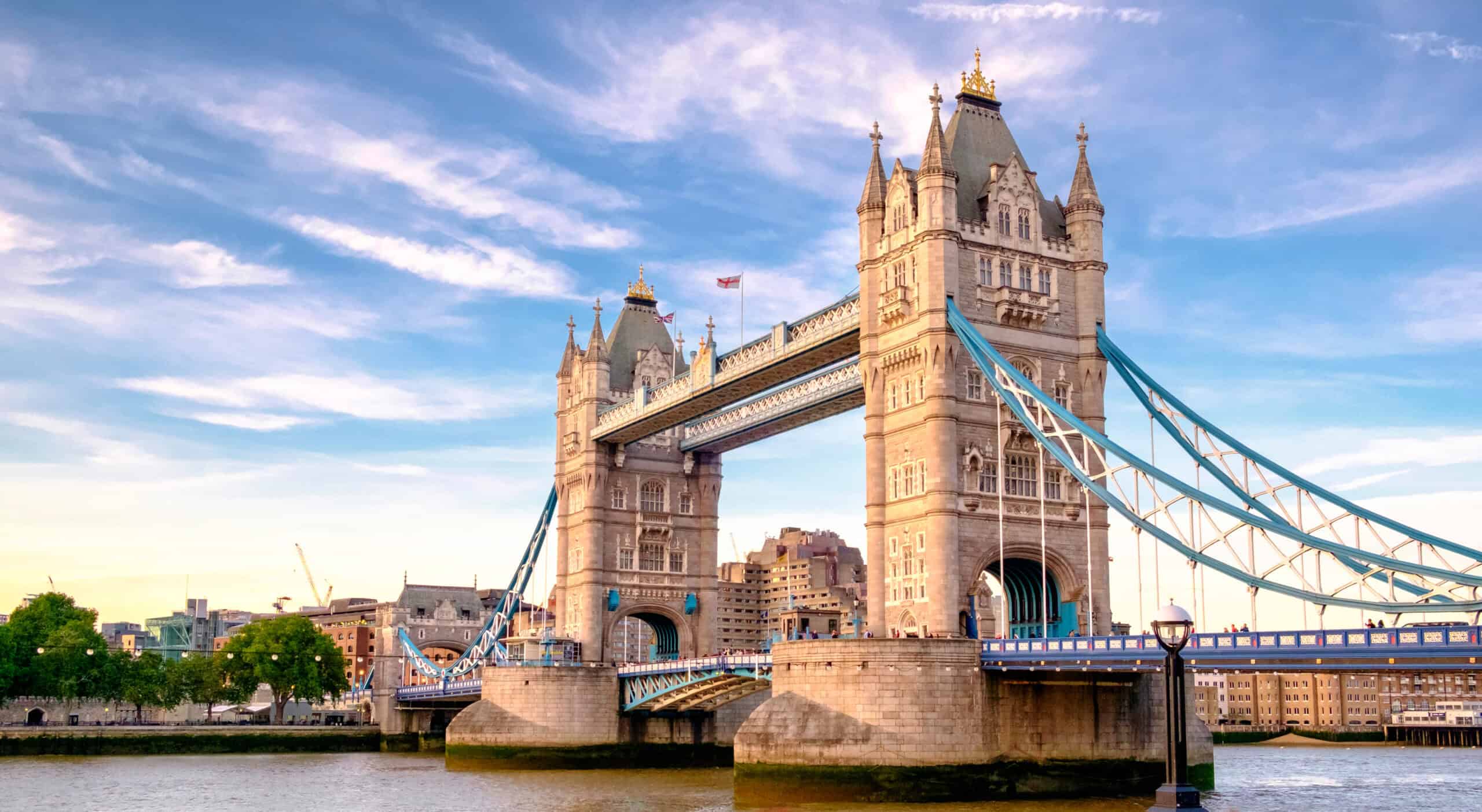Hiking offers a unique way to experience the beauty and challenge of nature, but some trails around the world are not for the faint-hearted. These paths push the limits of physical endurance and mental grit, often featuring steep ascents, narrow ledges, and unpredictable weather. For adventurous souls seeking the thrill of danger along with stunning landscapes, here are some of the most dangerous hiking trails globally. Each trail presents its own set of risks and rewards, demanding preparation, experience, and a strong sense of adventure.
Mount Hua Shan, China
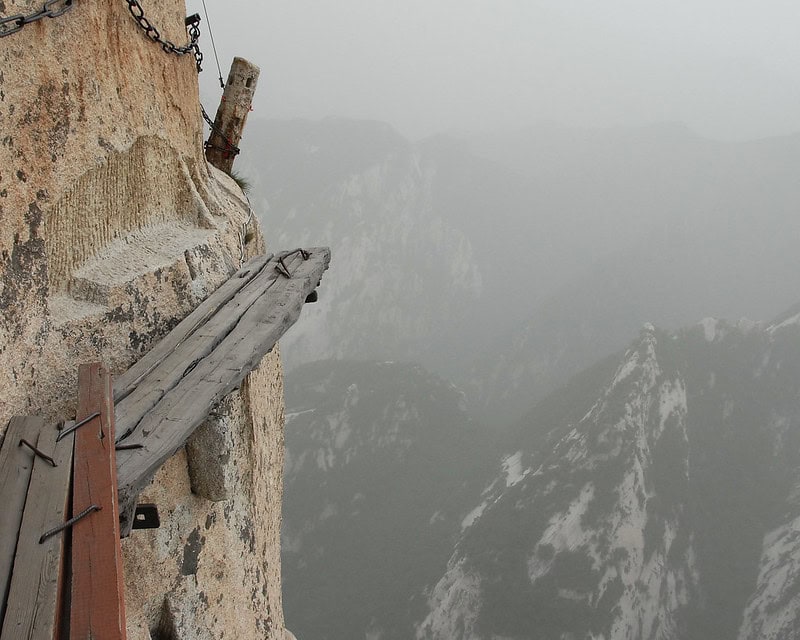
Mount Hua Shan, renowned for its perilous paths, is not for the faint of heart. The trail includes steep staircases, narrow wooden planks bolted to the mountainside, and sheer drops without handrails. Hikers often need to clip into harnesses to navigate safely. Despite the dangers, the breathtaking views from the South Peak, the highest point, make the journey worth the risk. Each step on this treacherous path tests both physical endurance and mental fortitude.
The Maze, Utah, USA
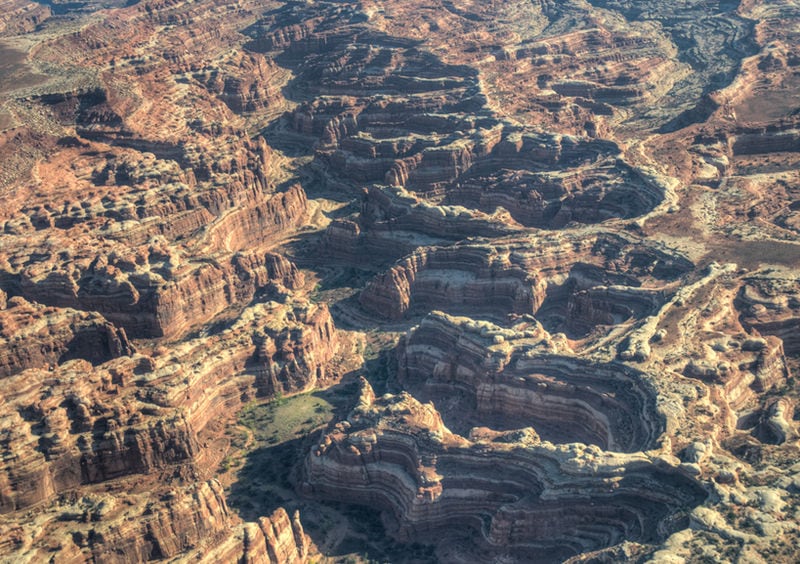
Located in Canyonlands National Park, The Maze is a labyrinthine expanse of canyons and dead ends. Its remote location and lack of water sources make it extremely challenging. The terrain is rugged, requiring climbers to navigate over rocks and through narrow passages. Weather conditions can be unpredictable, adding another layer of danger. Only experienced hikers should attempt this trail, and even they must be well-prepared.
Drakensberg Traverse, South Africa
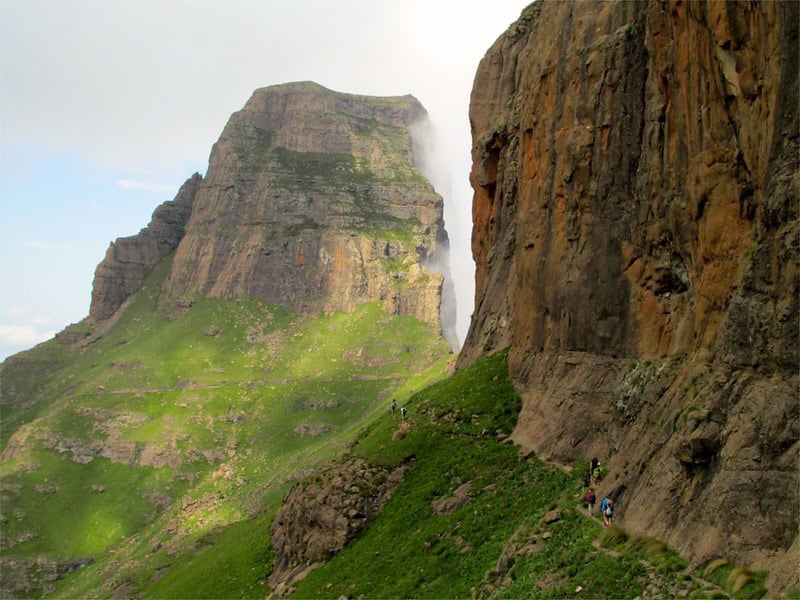
This trail is infamous for its unpredictable weather and challenging terrain. The Drakensberg Traverse requires climbers to navigate over jagged rocks and steep inclines. Strong winds and sudden storms can make the journey treacherous. The hike is not marked, relying on maps and navigation skills, which can be tricky in foggy conditions. The reward for those who make it through is stunning views of South Africa’s highest mountains.
Kalalau Trail, Hawaii, USA
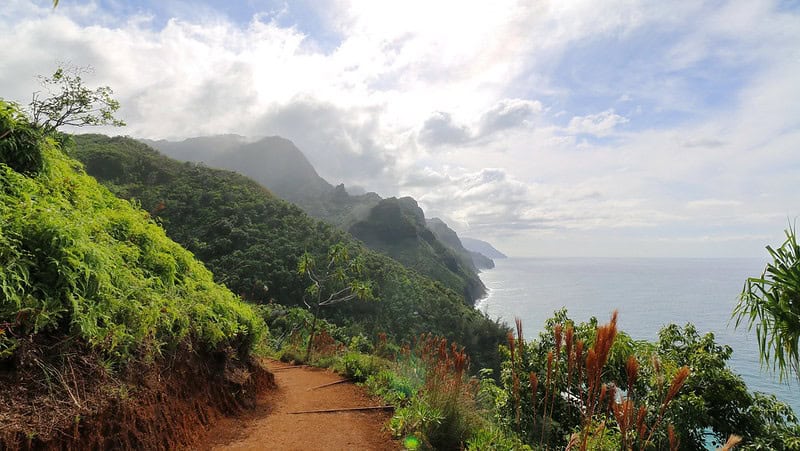
The Kalalau Trail on the island of Kauai is as beautiful as it is dangerous. The 11-mile trek along the Na Pali Coast features steep cliffs and narrow pathways. Frequent rain can make the trail muddy and slippery, increasing the risk of falls. Flash floods can occur, making river crossings hazardous. Despite these challenges, the trail’s lush scenery and secluded beaches draw adventurous hikers.
El Caminito del Rey, Spain
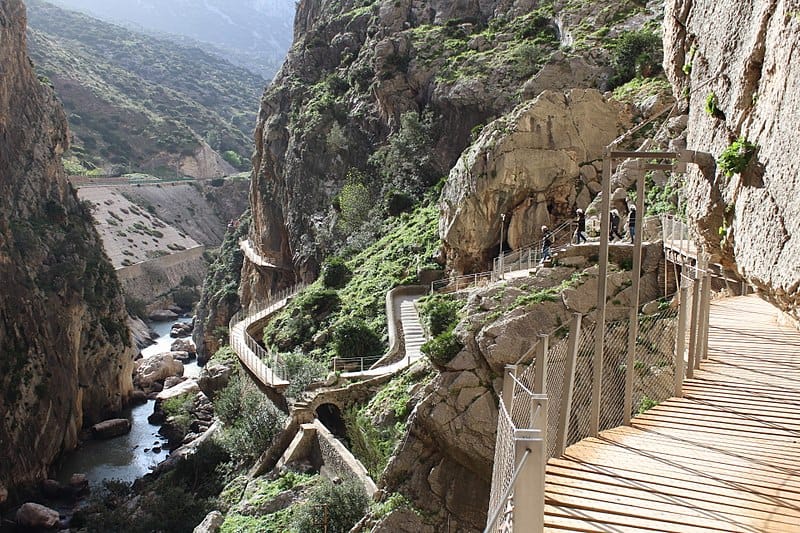
Known as the “King’s Little Pathway,” this trail was once considered the most dangerous in the world. It features narrow walkways clinging to the cliffside, with sections missing or crumbling. Safety improvements have been made, but it still demands caution. The path is 100 meters above the Guadalhorce River, providing both thrilling views and heart-pounding drops. Hikers must navigate precarious bridges and exposed ledges to complete the journey.
The Snowman Trek, Bhutan
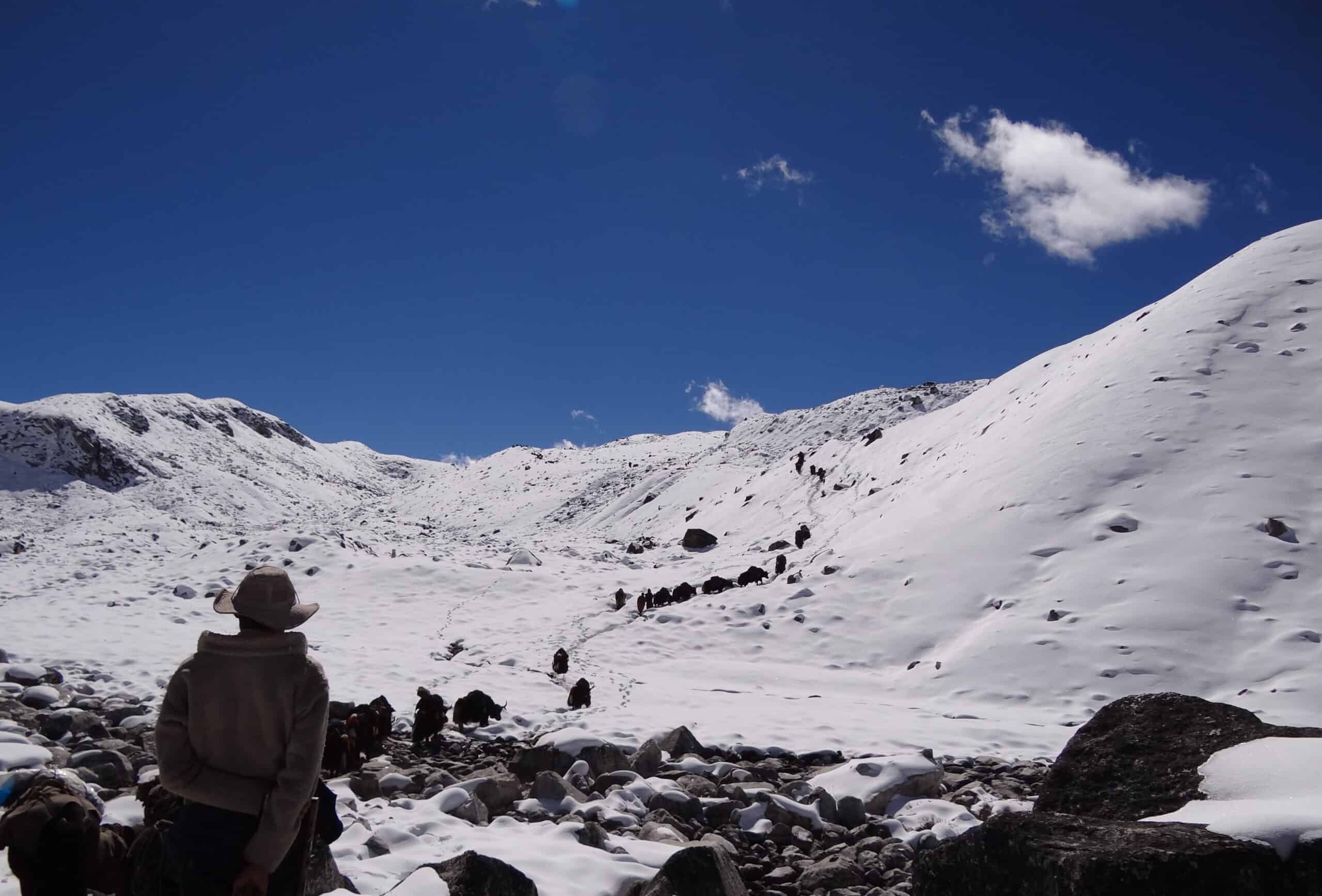
This remote trail in the Himalayas is both physically and mentally demanding. It spans 220 miles and takes nearly a month to complete. Hikers face altitudes over 5,000 meters, with the risk of altitude sickness. The weather can be harsh, with heavy snowfalls and freezing temperatures. Despite these challenges, the trek offers unparalleled views of Bhutan’s pristine landscapes and cultural sites.
Aonach Eagach Ridge, Scotland
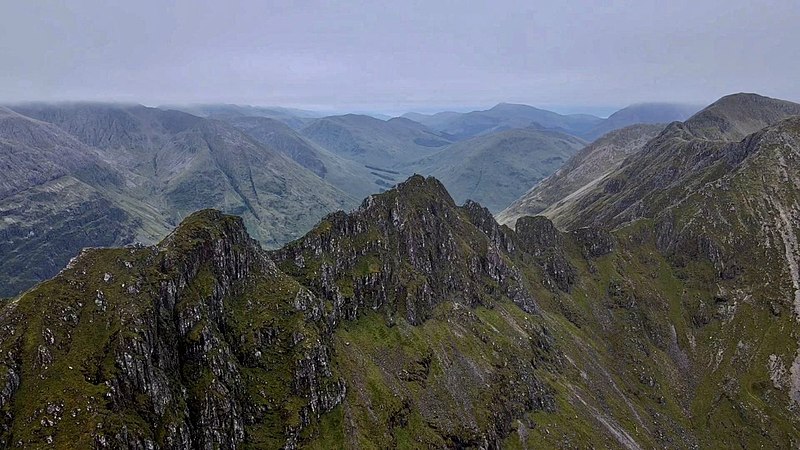
Aonach Eagach Ridge is one of Scotland’s most dangerous hikes, featuring a narrow and exposed ridge. The trail requires scrambling over rocky terrain with steep drops on either side. Weather conditions can change rapidly, making the rocks slippery and increasing the risk of falls. Proper gear and experience are essential for safely navigating this trail. The stunning views of Glencoe make the perilous journey rewarding for brave hikers.
Huayna Picchu, Peru
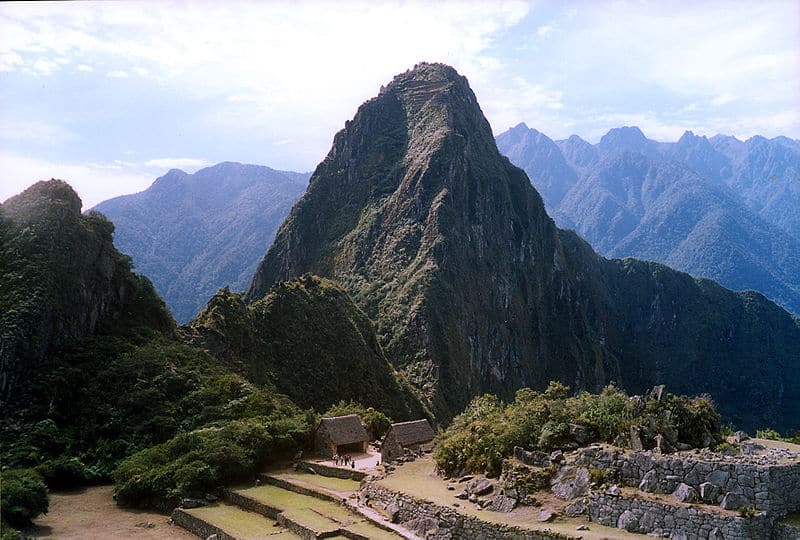
This steep climb to the peak overlooking Machu Picchu is not for everyone. The trail includes narrow steps carved into the rock and vertiginous drops. Early morning mist can make the path slippery and visibility low. Despite the dangers, the view of the ancient Incan city from the summit is breathtaking. Only a limited number of hikers are allowed each day to preserve the site and ensure safety.
Angel’s Landing, Utah, USA
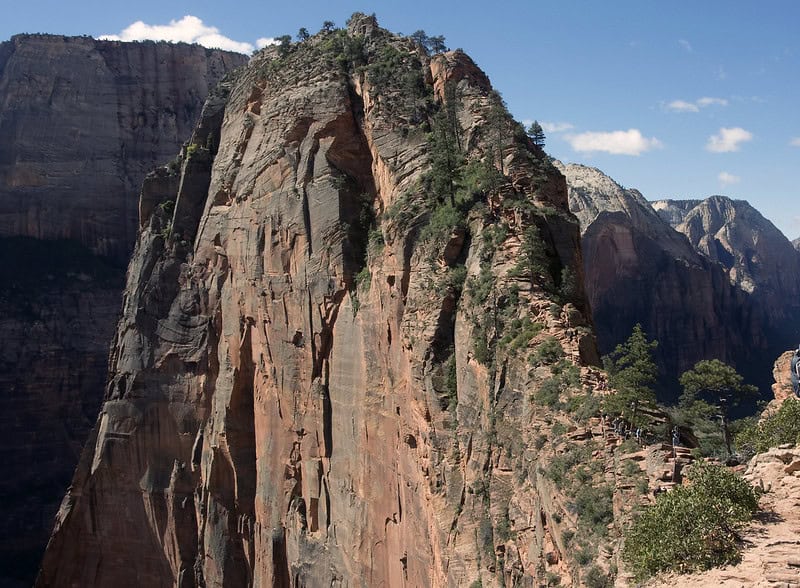
Located in Zion National Park, Angel’s Landing is famous for its narrow ridges and steep drop-offs. The final section involves holding onto chains bolted into the rock for safety. High winds can make the trail even more dangerous. Despite these hazards, it is one of the park’s most popular hikes due to its incredible views. Hikers need a good head for heights and sturdy footwear to complete this trail.
Huascarán, Peru
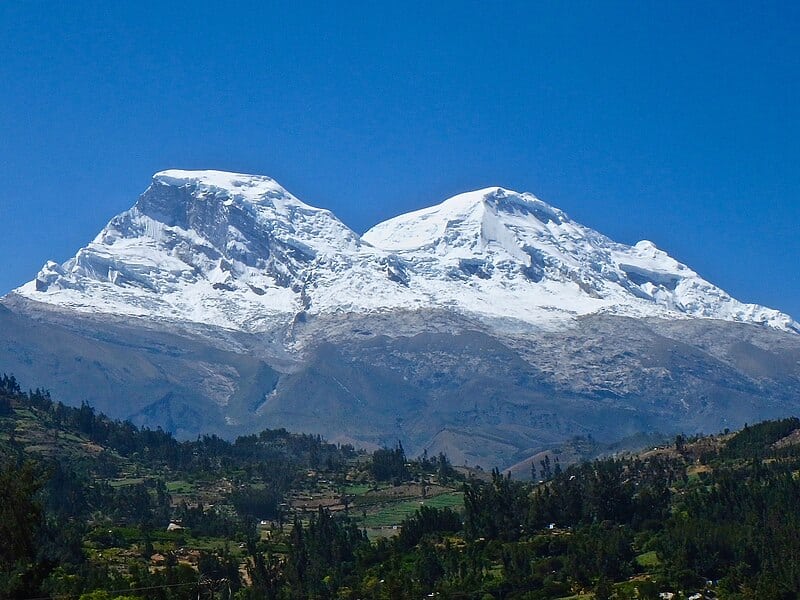
Mount Huascarán is the highest peak in Peru, standing at 6,768 meters. The climb involves navigating through icefalls, crevasses, and avalanche-prone areas. Altitude sickness is a significant risk due to the high elevation. Climbers must be well-prepared with proper gear and acclimatization. The summit offers spectacular views of the Cordillera Blanca range, rewarding those who brave the ascent.
The Kokoda Track, Papua New Guinea
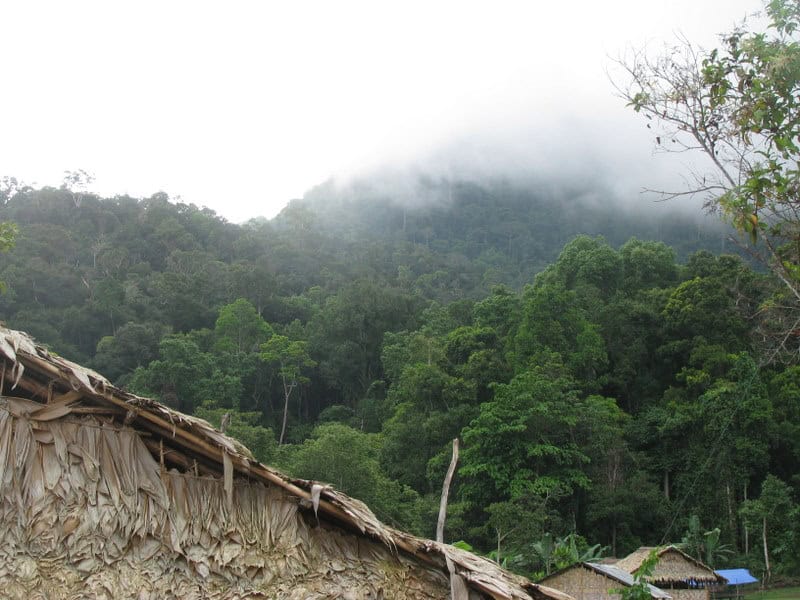
This historic trail was the site of a WWII battle and remains a challenging trek. The 96-kilometer path winds through dense jungle, steep inclines, and muddy terrain. The humid climate and presence of leeches add to the difficulty. Hikers must be prepared for river crossings and potential encounters with wildlife. The trail offers a profound sense of history and connection to the sacrifices made during the war.
Mount Everest Base Camp, Nepal
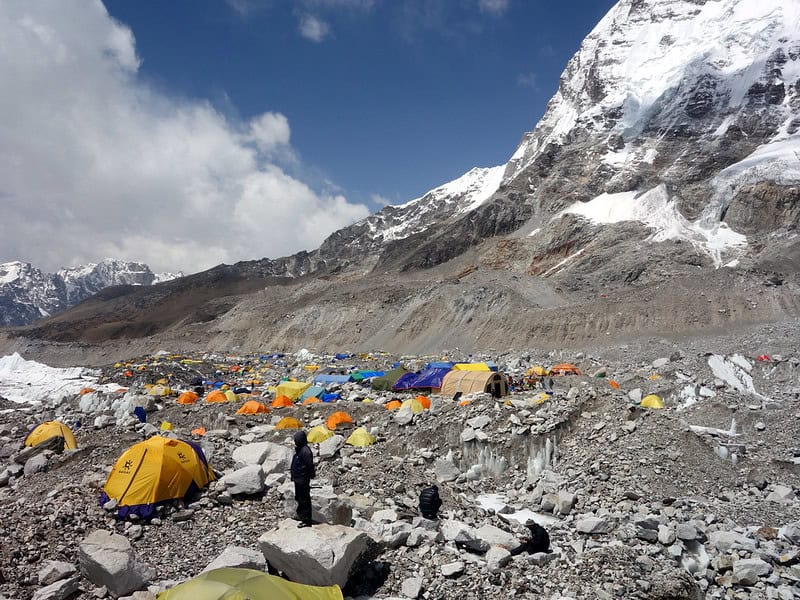
While not as dangerous as summiting Everest itself, the trek to Base Camp is still perilous. The trail includes high altitudes, with the risk of altitude sickness. The path can be rugged, with steep ascents and descents. Weather conditions can be harsh, with sudden snowstorms and freezing temperatures. The journey offers stunning views of the Himalayas and a glimpse into the lives of Sherpa communities.
West Coast Trail, Canada
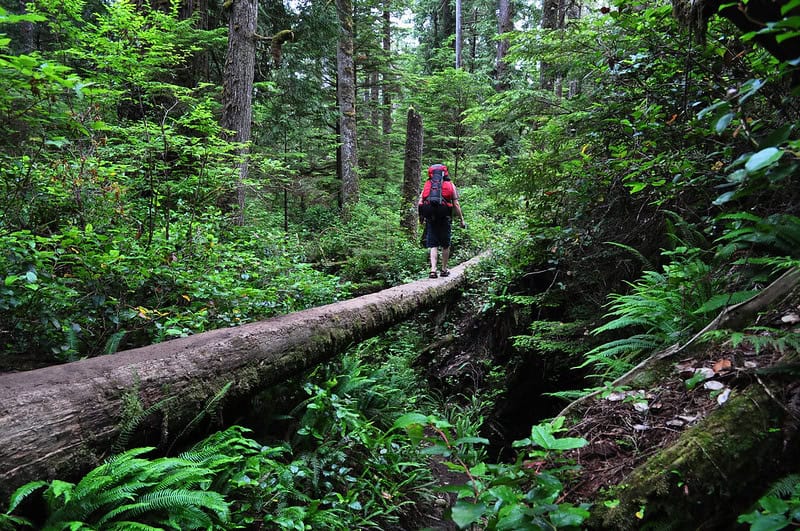
The West Coast Trail on Vancouver Island is known for its challenging terrain and unpredictable weather. The 75-kilometer hike involves climbing ladders, crossing suspension bridges, and navigating slippery boardwalks. Tidal patterns must be considered to avoid dangerous beach crossings. Hikers must be prepared for rain and mud, as well as encounters with wildlife. The trail offers spectacular coastal scenery and a sense of wilderness adventure.
Pico da Neblina, Brazil
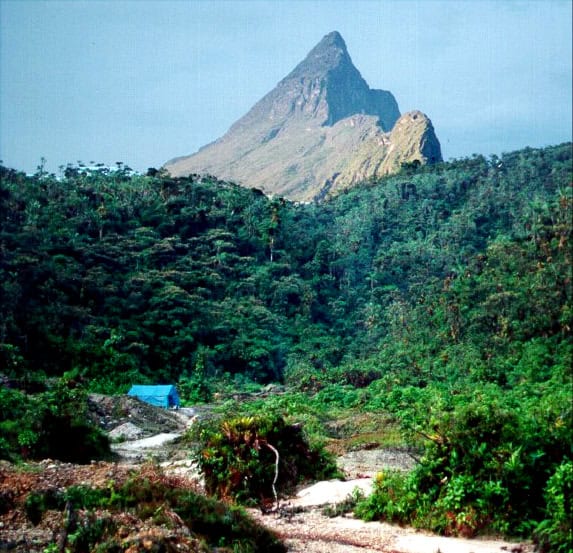
Pico da Neblina is the highest peak in Brazil, located in a remote part of the Amazon rainforest. The trail is physically demanding, with dense jungle, steep inclines, and high humidity. The area is often shrouded in mist, making navigation difficult. Permits and guides are required, as the region is home to indigenous tribes. The summit provides a unique vantage point over the vast Amazon basin.
Half Dome, California, USA
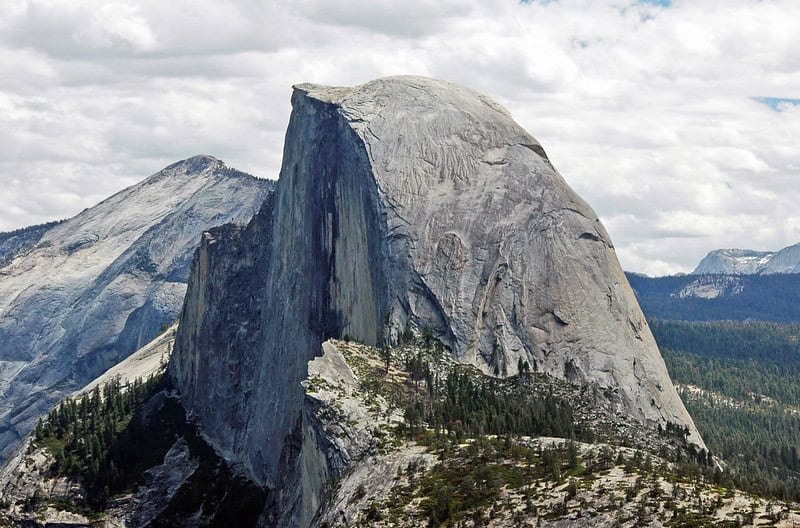
Located in Yosemite National Park, Half Dome is known for its steep granite face and cables route. The final ascent involves pulling yourself up using cables, with sheer drops on either side. Weather conditions can make the rock slippery, increasing the risk of falls. The hike is long and strenuous, requiring a high level of fitness. The view from the top is iconic, overlooking Yosemite Valley and its stunning landscapes.
The Overland Track, Australia
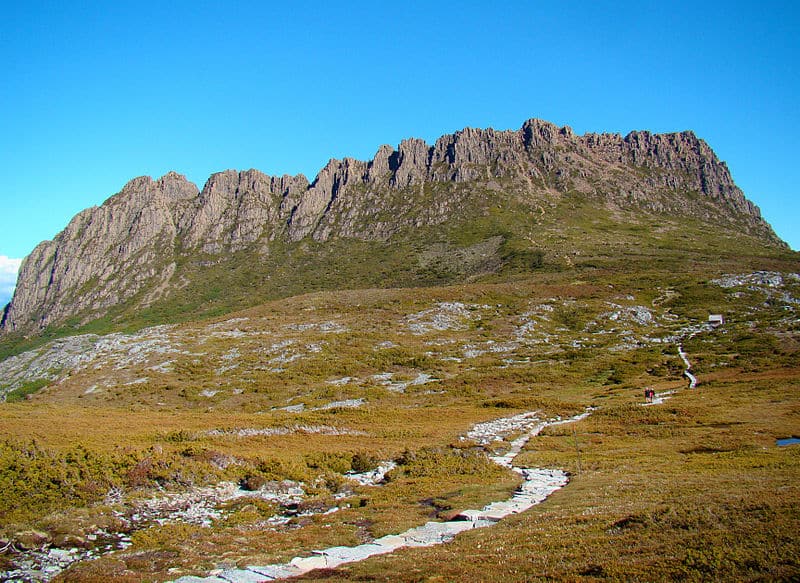
This famous Tasmanian trail spans 65 kilometers through the Cradle Mountain-Lake St Clair National Park. Hikers face challenging weather, including heavy rain and snow. The terrain is diverse, with steep climbs, muddy paths, and rocky sections. Proper preparation and gear are essential for a safe journey. The trail offers breathtaking scenery, including glacial lakes, ancient forests, and alpine meadows.
Cascade Saddle, New Zealand
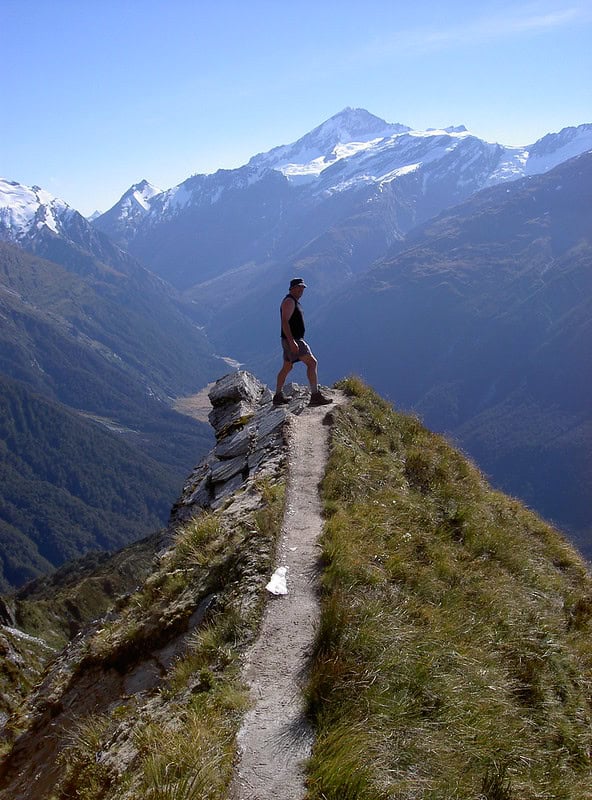
The Cascade Saddle is a challenging alpine trek in the Southern Alps. The trail is steep and exposed, with sections requiring scrambling over rocks. Weather can change rapidly, bringing rain, snow, and high winds. Hikers must be experienced and well-prepared for the conditions. The route offers stunning views of Mount Aspiring and the surrounding valleys, rewarding those who complete the demanding journey.
The Torres del Paine “O” Circuit, Chile
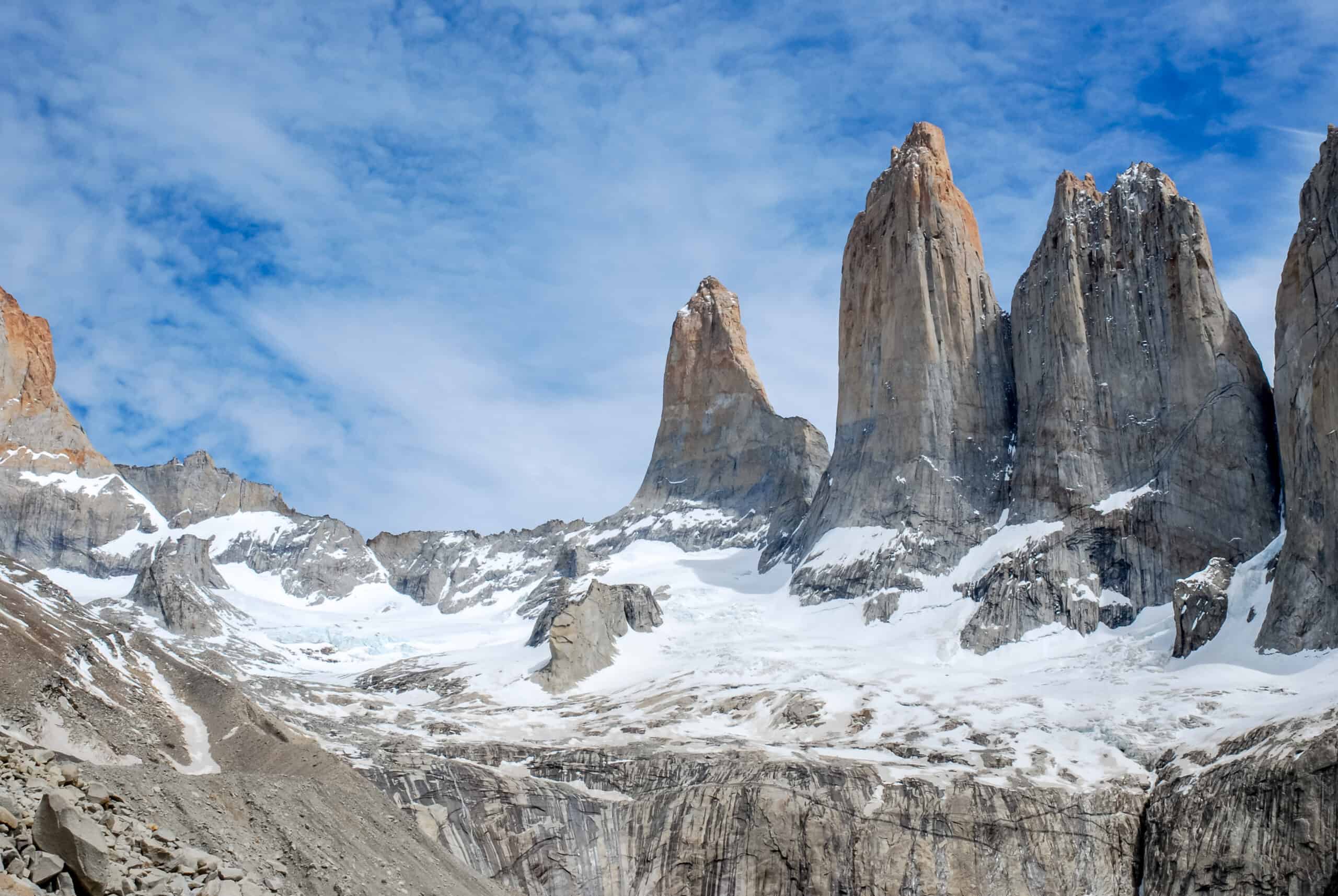
This remote trek in Patagonia covers 130 kilometers and takes about ten days to complete. Hikers face varied terrain, including steep ascents, river crossings, and exposed ridges. The weather is notoriously unpredictable, with strong winds and sudden storms. Proper gear and planning are essential for safety. The circuit offers some of the most spectacular scenery in South America, including glaciers, mountains, and turquoise lakes.
This article originally appeared on Rarest.org.
More From Rarest.Org
Explore some of the world’s most exciting amusement parks. Each park offers unique experiences and unforgettable rides. From heart-pounding roller coasters to magical attractions, these parks have something for everyone. Read more.
Bridges are marvels of engineering and design, connecting cities, countries, and cultures. They stand as symbols of human ingenuity and perseverance. Here are some of the most iconic bridges around the world, each with its unique story and significance. Read more.
Exploring historic battlefields offers a unique glimpse into the past. These sites are filled with stories of bravery and sacrifice. Visiting them helps us understand pivotal moments in history. Here are some of the most significant battlefields to explore. Read more.


